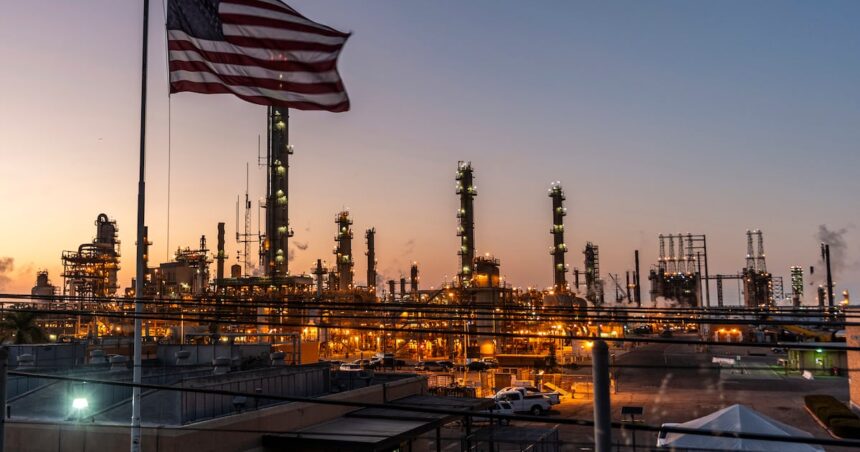The escalating tensions between the United States and Iran have sent tremors through global energy markets, with oil prices threatening to breach the critical $100 per barrel threshold for the first time since 2022. This dramatic surge comes as military posturing in the Persian Gulf intensifies, raising concerns about potential disruptions to one of the world’s most vital energy corridors.
“We’re witnessing a perfect storm of geopolitical risk,” explains Dr. Elaine Westbrook, senior energy analyst at the Peterson Institute. “Markets are pricing in not just the immediate threat to oil infrastructure but the possibility of a prolonged conflict that could reshape energy security calculations worldwide.”
Brent crude futures jumped 8.3% in overnight trading following reports of naval confrontations near the Strait of Hormuz, through which approximately 20% of global oil supply travels daily. The immediate market reaction underscores investors’ heightened sensitivity to any developments that might constrain Iranian exports or threaten broader regional stability.
For everyday Canadians, the implications extend far beyond distant geopolitics. Gasoline prices across major Canadian cities have already climbed by an average of 15 cents per liter this week alone, according to data from GasBuddy. Economic analysts warn this could be just the beginning if tensions continue to escalate or if physical oil supply disruptions materialize.
The Bank of Canada finds itself in a particularly challenging position as it navigates this emerging crisis. Having recently signaled a potential easing of monetary policy, central bankers must now weigh the inflationary impact of rising energy costs against broader economic growth concerns.
“This couldn’t come at a worse time for central banks globally,” notes Samir Patel, chief economist at BMO Capital Markets. “They’ve been trying to engineer soft landings, but an oil shock threatens to reignite inflation just as they’re preparing to cut rates. It’s a precarious balancing act.”
The situation becomes even more complex when considering Canada’s dual position as both an oil producer and consumer. While higher prices benefit the energy-rich provinces of Alberta and Saskatchewan, they simultaneously squeeze household budgets nationwide through increased transportation and heating costs.
According to recent modeling by the Canadian Centre for Economic Analysis, a sustained $15 increase in oil prices could reduce Canada’s GDP growth by approximately 0.3 percentage points while adding nearly 0.7 percentage points to inflation over the next year.
Historical precedent offers some guidance. Previous Middle East conflicts have typically produced sharp but relatively short-lived price spikes. However, today’s more constrained global supply conditions, with OPEC+ production cuts already in place and limited spare capacity, could amplify and extend the market impact.
“What makes this situation particularly concerning is the timing,” explains Fatima Rahman, geopolitical risk specialist at Royal Bank of Canada. “We’re seeing this unfold against a backdrop of already tight supplies and limited ability for other producers to quickly increase output to offset any losses.”
As diplomatic efforts to de-escalate tensions continue, markets remain on edge. The coming days will be critical in determining whether this represents a temporary disruption or the beginning of a more prolonged period of energy market volatility.
For Canadians planning summer travel or budgeting for household expenses, the uncertainty adds an unwelcome variable. The question now becomes: will policymakers find diplomatic solutions before economic pain becomes widespread, or are we witnessing the opening stages of a new energy crisis with far-reaching consequences?


















